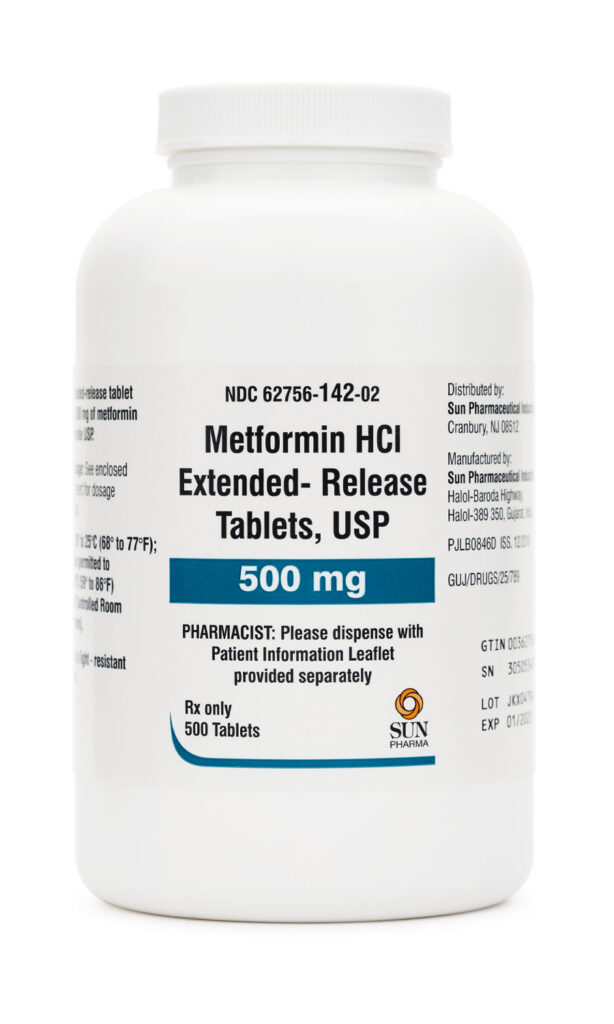Tretinoin (All-Trans-Retinoic Acid)
- Mechanism: Tretinoin, a retinoid, regulates cell differentiation, proliferation, and apoptosis through nuclear receptors. It binds to Retinoic Acid Receptors (RARs) and has minimal interaction with Retinoid X Receptors (RXRs).
- RARs: Tretinoin binds to all three RAR types—RAR-alpha, RAR-beta, and RAR-gamma—each having different effects on the body. For example:
- RAR-alpha: Involved in the differentiation of acute promyelocytic leukemia (APL) cells.
- RAR-beta: Associated with squamous cell carcinomas.
- RAR-gamma: Influences mucocutaneous tissues and bone.
- Skin Disorders: Tretinoin accelerates cell turnover, reduces cell cohesion, and prevents comedone formation. It modifies gene expression and protein synthesis, leading to improved epithelial cell growth and differentiation.
- Photodamage: It inhibits the activity of matrix metalloproteinases (MMPs) induced by UV irradiation, reducing collagen degradation and mitigating signs of photodamage like wrinkling and hyperpigmentation.
- Acute Promyelocytic Leukemia (APL): Tretinoin induces differentiation of APL cells by converting the inhibitory effects of the PML-RAR-alpha fusion protein to stimulatory effects, aiding in the treatment of this leukemia.
Niacinamide (Vitamin B3)
- Mechanism: Niacinamide, the amide form of niacin, is involved in the synthesis of NAD and NADP, crucial coenzymes in redox reactions. It participates in cellular metabolic pathways and energy production.
- Redox Reactions: NAD and NADP play roles in converting fats and proteins into glucose and in the oxidation of glucose.
- Pharmacologic Effects:
- Nicotinic Acid (Niacin): Acts as an antilipemic by reducing total serum cholesterol, LDL, VLDL, and triglycerides, while increasing HDL. The mechanism includes decreased hepatic VLDL synthesis and various other effects on lipolysis and lipid metabolism.
- Nicotinamide: Unlike nicotinic acid, it does not induce flushing and lacks hypolipidemic effects. It is primarily used in skincare for its anti-inflammatory properties and to improve skin barrier function.
Vitamin C
- Absorption: Vitamin C is absorbed through both simple diffusion and active transport mechanisms involving hexose transporters and sodium-dependent vitamin C transporters (SVCTs). It is primarily absorbed in the distal small intestine.
- Functions:
- As a Cofactor: Vitamin C acts as a cofactor in several enzyme reactions, including those involved in collagen synthesis and metabolism of carnitine and catecholamines.
- Antioxidant: It neutralizes free radicals and reduces oxidative stress.
- Iron Absorption: Enhances the absorption of dietary iron.
- Other Effects: Stabilizes vitamin E and folic acid, and modulates inflammatory responses, contributing to overall cellular health and immune function.
These mechanisms highlight how each compound works at a cellular level to contribute to skin health, cellular function, and overall well-being.





